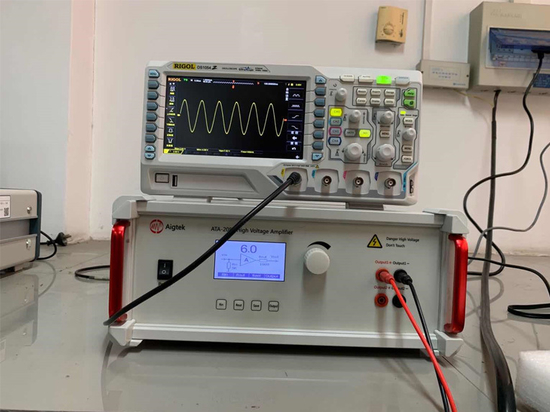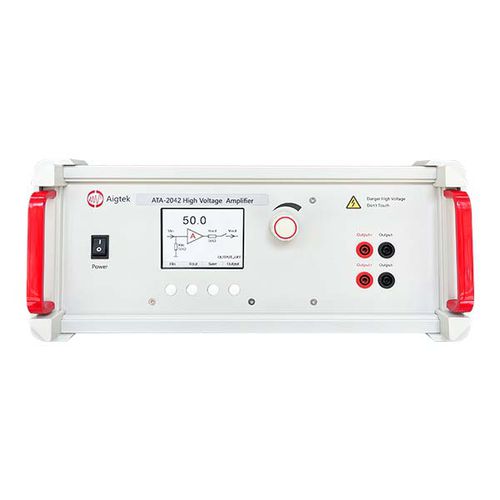
#Industry News
Transient characteristics of voltage amplifier in liquid crystal lens and its application in imaging with extended depth of field
Transient characteristics of voltage amplifier in liquid crystal lens and its application in extended depth of field imaging
Experiment name:
Transient characteristics of voltage amplifier in liquid crystal lens and its application in extended depth of field imaging
Research direction: extended depth of field imaging
Experiment content:
Use the characteristic of the liquid crystal lens to maintain the lens state when the positive and negative states are switched to realize the extended depth of field imaging.
Test purpose:
To test the changes in the refractive power and aberration of the liquid crystal lens over time during the positive-negative conversion process, and confirm that it maintains the lens characteristics.
Test equipment:
camera, lens, function generator, voltage amplifier, liquid crystal lens
Voltage amplifier model: Aigtek ATA-2042
experiment procedure:
1.Use the interferometry to obtain the wavefront of the light after passing through the liquid crystal lens (as shown in Figure 1), fit the Zernike function to obtain the Zernik coefficient, and finally obtain the lens power and aberration information.
2. Through the voltage amplifier output voltage switching, the image and video obtained at the same time are fused into an extended depth of field map (Figure 2)
The screenshot taken during the conversion process (Figure 1) shows that objects in different positions are clear at different moments.
In the image fusion result (Figure 2), all objects become clear.
Test Results:
The effect of the voltage amplifier in this experiment: the signal output by the signal generator is amplified by the voltage amplifier and then drives the liquid crystal lens to work.









